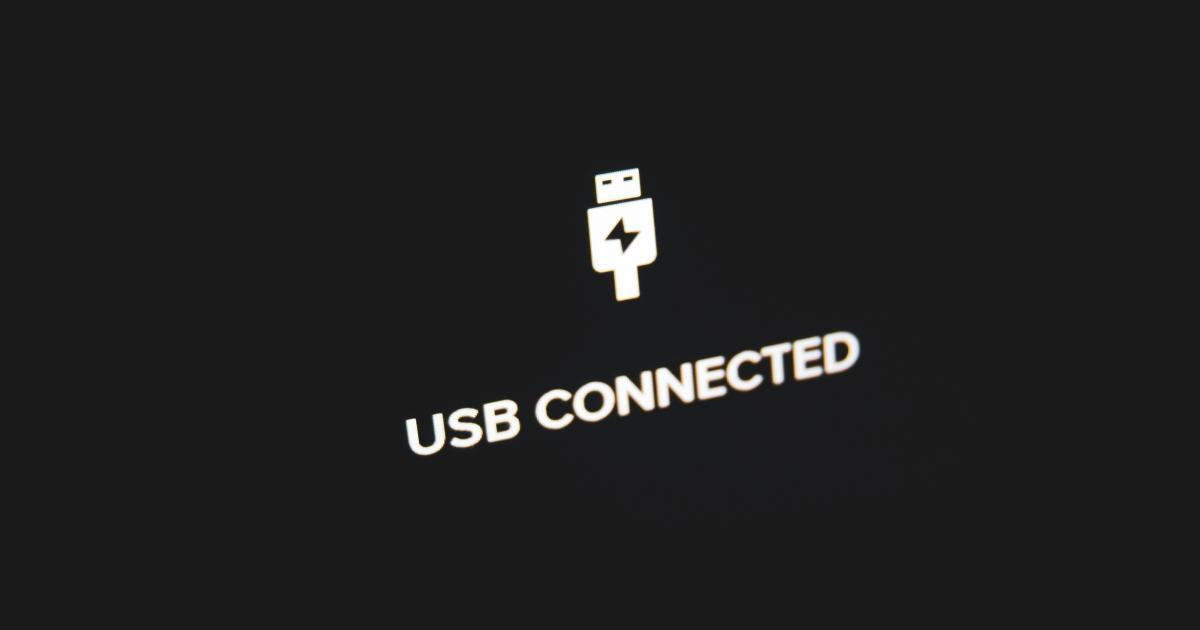How to Outsmart Competitors with Backlink Gap Analysis


In the ever-evolving world of digital marketing, staying ahead of the competition is crucial for success. One powerful strategy that can give you a significant edge is backlink gap analysis. By identifying the gaps in your competitors' backlink profiles, you can uncover lucrative opportunities to enhance your own backlink portfolio and outrank your rivals in search engine results.
Understanding Backlink Gap Analysis
Backlink gap analysis is the process of comparing your website's backlink profile to that of your competitors. By analyzing the differences, you can discover untapped link-building opportunities and develop a targeted strategy to acquire high-quality backlinks that your competitors have not yet secured.
The Importance of Backlinks
Backlinks, also known as inbound links, are links from other websites that point to your own. They are a crucial ranking factor for search engines, as they signal the authority and credibility of your website. The more high-quality backlinks you have, the better your chances of ranking higher in search engine results pages (SERPs).

Backlinks can be thought of as a digital vote of confidence in your content and website. The more reputable websites that link to you, the more search engines will view your site as a valuable and trustworthy resource.
Analyzing Your Competitors' Backlink Profiles
The first step in backlink gap analysis is to identify your key competitors and analyze their backlink profiles. This can be done using a variety of backlink analysis tools, such as Ahrefs, Moz, or Majestic.

These tools will provide you with detailed information about your competitors' backlink portfolios, including:
- The total number of backlinks
- The quality and authority of the linking domains
- The anchor text used in the backlinks
- The top pages on their website that are receiving the most backlinks
By understanding your competitors' backlink profiles, you can identify the gaps and opportunities that exist in your own backlink strategy.
Identifying Backlink Gaps
Once you have analyzed your competitors' backlink profiles, it's time to identify the gaps in your own backlink portfolio. This can be done by comparing the following:
1. Unique Backlinks
Look for backlinks that your competitors have secured that you have not. These are the "gaps" in your backlink profile that you can work to fill.

2. Backlink Quality
Analyze the quality and authority of the domains linking to your competitors. Are they more reputable and authoritative than the domains linking to your website? If so, this is another gap you can focus on.

3. Anchor Text Diversity
Examine the anchor text used in your competitors' backlinks. Are they using a wider variety of relevant keywords and phrases, while your backlinks tend to be more generic? This is an opportunity to diversify your own anchor text.

4. Topical Relevance
Analyze the topics and niches that your competitors' backlinks are coming from. Are there certain industry-relevant or complementary websites that are linking to them, but not to you? This can indicate a gap in your topical authority.

By identifying these gaps in your backlink profile, you can develop a targeted strategy to acquire the types of backlinks that your competitors have secured, giving you a competitive advantage.
Developing a Backlink Gap Closing Strategy
With the insights gained from your backlink gap analysis, you can now create a comprehensive strategy to close the gaps and build a stronger backlink profile.
Step 1: Prioritize Backlink Opportunities
Based on your analysis, prioritize the backlink opportunities that have the greatest potential impact on your search engine rankings. Focus on acquiring backlinks from high-authority, relevant websites that your competitors have secured but you have not.

Step 2: Outreach and Relationship Building
One of the most effective ways to acquire backlinks is through outreach and relationship building. Reach out to the website owners and content creators who are linking to your competitors and pitch your own content or resources as a potential link target.

When conducting outreach, be sure to:
- Personalize your messages
- Highlight the value you can provide to their audience
- Offer to guest post, contribute content, or collaborate in some way
- Follow up persistently but politely
Step 3: Create Linkable Assets
To attract backlinks, you need to have high-quality, valuable content that other websites will want to link to. Invest in creating "linkable assets" such as in-depth guides, original research, data visualizations, or interactive tools that provide genuine value to your target audience.

By producing exceptional content that addresses your audience's needs, you increase the likelihood of earning backlinks from reputable websites.
Step 4: Leverage Content Promotion Strategies
In addition to creating linkable assets, you should also employ content promotion strategies to amplify your reach and increase the visibility of your link-worthy content. This can include:
- Sharing on social media
- Syndication to industry-relevant websites
- Outreach to influencers and industry experts
- Repurposing content into different formats (e.g., videos, infographics)

The more eyes you can get on your valuable content, the more opportunities you have to earn high-quality backlinks.
Step 5: Monitor and Iterate
Continuously monitor the progress of your backlink gap closing strategy and make adjustments as needed. Track the backlinks you've acquired, analyze their impact on your search engine rankings, and refine your approach based on what's working best.

Remember, building a strong backlink profile is an ongoing process. Stay agile, adaptable, and persistent in your efforts to close the gaps and outmaneuver your competitors.
Backlink Gap Analysis in Action: Case Studies
To further illustrate the power of backlink gap analysis, let's explore a few real-world examples of how businesses have used this strategy to gain a competitive edge.
Case Study 1: Expanding into a New Market
A software company wanted to enter a new market and compete with the industry leaders in that space. By conducting a backlink gap analysis, they identified several high-authority websites in the target market that were linking to their competitors but not to them.
The company then reached out to these website owners, offering to create valuable, relevant content that would be a perfect fit for their audiences. Through this outreach and relationship-building effort, the software company was able to secure several high-quality backlinks from these industry-leading websites, which helped them quickly gain traction and visibility in the new market.

Case Study 2: Diversifying Anchor Text
A e-commerce retailer noticed that their competitors were using a wider variety of anchor text in their backlink profiles, while their own backlinks tended to be more generic (e.g., "click here," "our website," etc.). This was a clear gap in their backlink strategy.
To address this, the retailer focused on creating more targeted, keyword-rich content and actively reaching out to relevant bloggers and industry publications to secure backlinks with diverse anchor text. By diversifying their anchor text, they were able to improve their topical relevance and rankings for a broader set of relevant keywords.

Case Study 3: Improving Backlink Quality
A B2B SaaS company discovered that while they had a significant number of backlinks, the overall quality and authority of the linking domains were lower than their competitors. This was a clear gap in their backlink profile.
To address this, the company focused on creating highly valuable, linkable assets such as industry reports, expert interviews, and in-depth guides. They then leveraged their existing industry connections and relationships to secure backlinks from high-authority, relevant websites. This strategy not only improved the quality of their backlink profile but also enhanced their overall domain authority and credibility in the eyes of search engines.

These case studies demonstrate how businesses of all sizes can use backlink gap analysis to identify and capitalize on untapped opportunities, ultimately outmaneuvering their competitors in the search engine results.